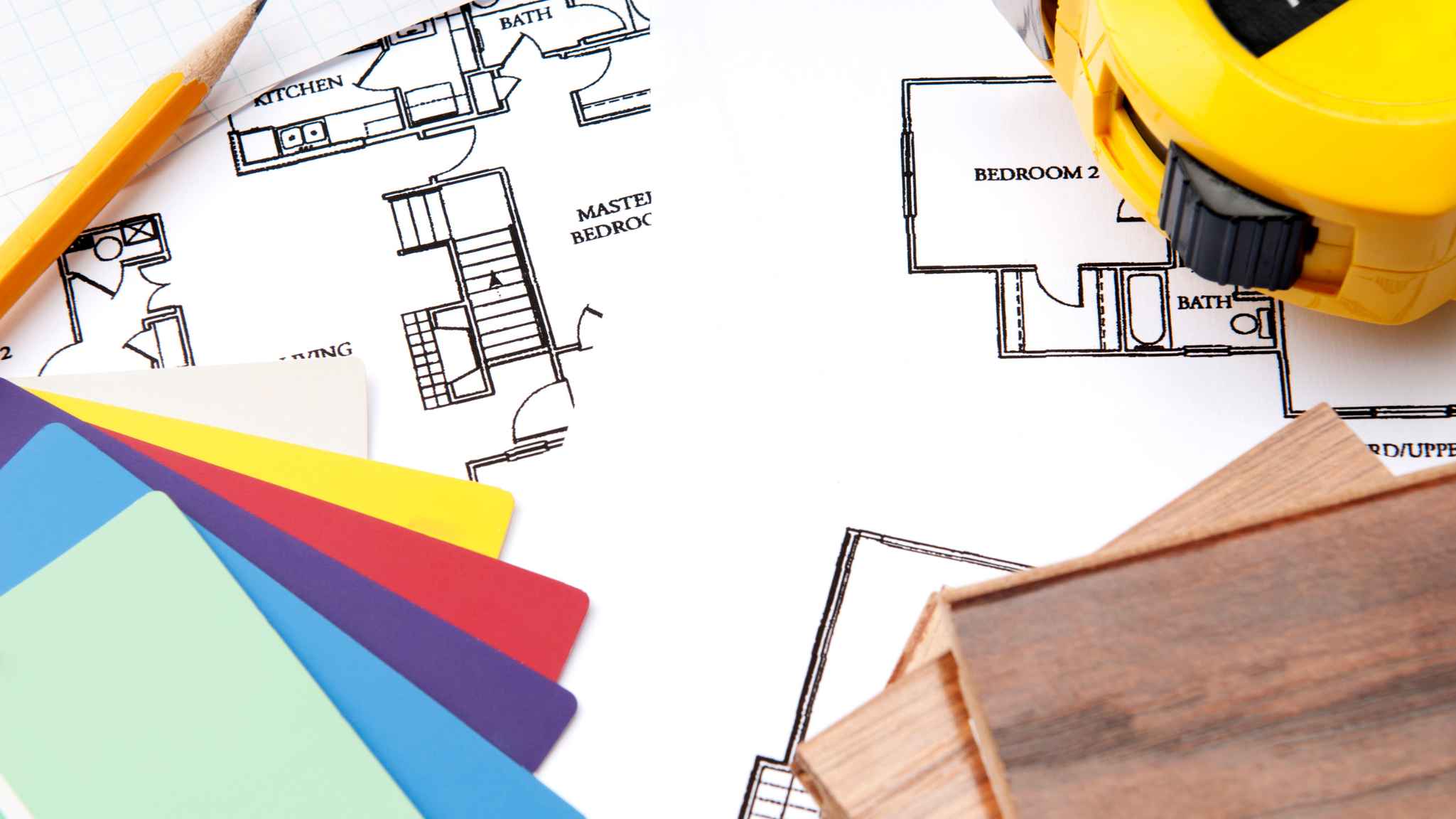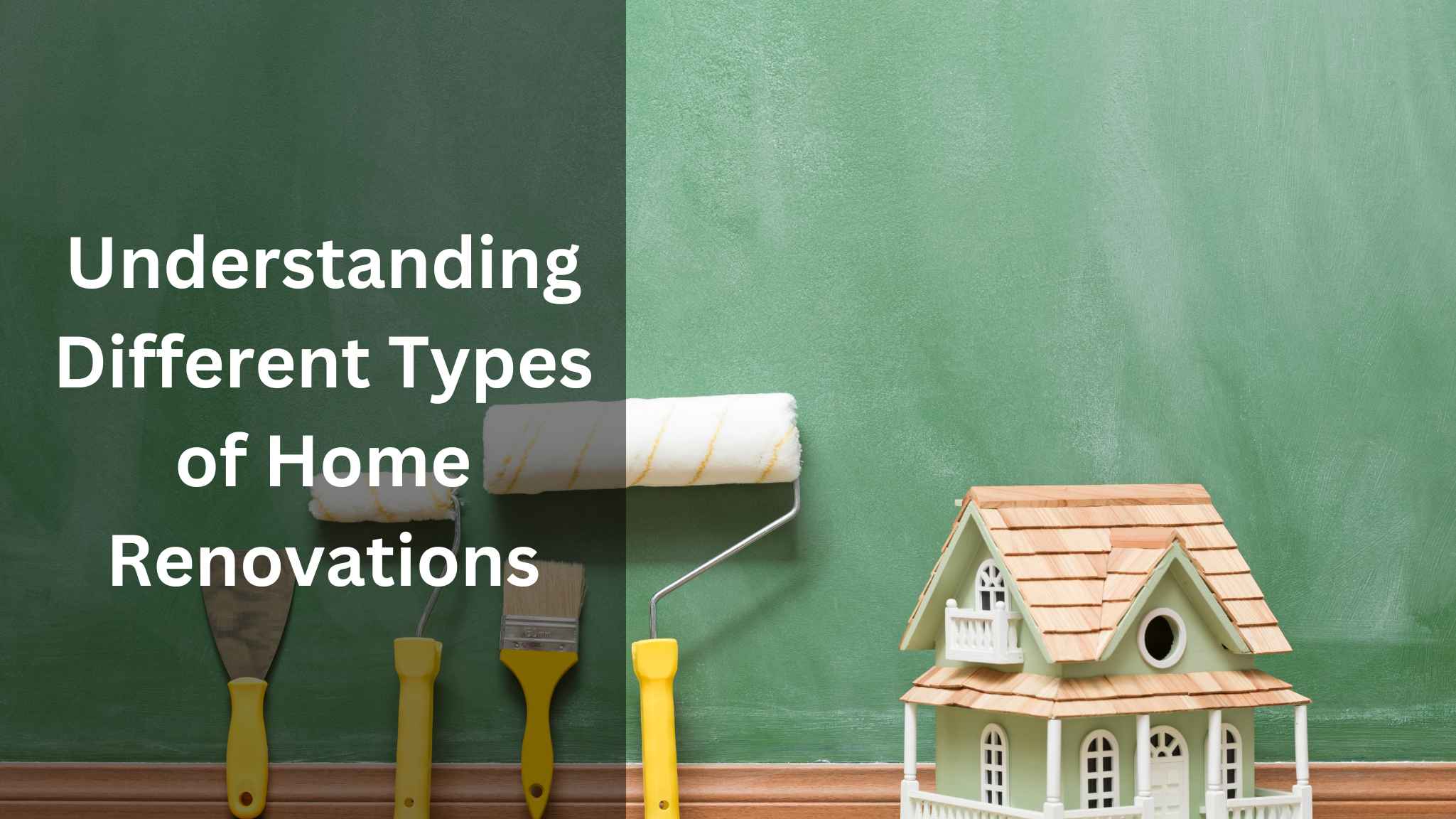Understanding the Different Types of Home Renovations: A Comprehensive Guide
Home renovations offer an opportunity to transform your living space and enhance its functionality, aesthetics, and value. Whether you’re planning to update your home’s appearance, make structural changes, or improve its functionality, understanding the different types of home renovations is essential. In this blog post, we’ll explore various renovation categories, ranging from cosmetic updates to structural changes and functional improvements. By familiarizing yourself with these types, you can make informed decisions and embark on a successful home improvement project.

1. Cosmetic Updates:
Cosmetic updates focus on improving the appearance of your home without altering its structure or functionality. These renovations typically involve surface-level changes, such as painting walls, replacing flooring, upgrading light fixtures, or installing new cabinetry. Cosmetic updates can significantly enhance the visual appeal of your home and create a fresh and updated look.
2. Kitchen and Bathroom Remodeling:
Kitchen and bathroom remodeling projects are popular home renovations that aim to enhance functionality and aesthetics. These renovations may involve replacing old appliances, upgrading plumbing fixtures, installing new countertops, or reconfiguring the layout to improve flow and maximize space utilization. Kitchen and bathroom remodels can breathe new life into these essential areas of your home.
3. Structural Changes:
Structural changes involve modifications to the underlying structure of your home. This type of renovation may include adding or removing walls, expanding rooms, or creating new openings. Structural changes require professional expertise and often involve obtaining permits to ensure compliance with building codes and safety standards.

4. Room Additions:
Room additions involve expanding the footprint of your home to create new living spaces. This renovation type may include adding bedrooms, a home office, a sunroom, or a guest suite. Room additions require careful planning, considering factors such as available space, zoning regulations, and structural considerations.
5. Energy Efficiency Improvements:
Energy efficiency improvements focus on reducing energy consumption and environmental impact. These renovations may include upgrading insulation, installing energy-efficient windows, or upgrading heating, ventilation, and air conditioning (HVAC) systems. Energy efficiency improvements not only save you money on utility bills but also contribute to a greener and more sustainable home.
6. Outdoor Enhancements:
Outdoor enhancements aim to transform your outdoor space into a functional and aesthetically pleasing area. This may involve landscaping improvements, building a deck or patio, installing an outdoor kitchen, or creating a relaxing garden retreat. Outdoor renovations can expand your living space and provide a seamless connection between indoor and outdoor areas.

7. Accessibility Upgrades:
Accessibility upgrades focus on making your home more accessible and user-friendly for individuals with mobility challenges or disabilities. These renovations may include installing ramps, widening doorways, adding grab bars in bathrooms, or redesigning spaces for wheelchair accessibility. Accessibility upgrades enhance comfort and ensure your home is inclusive for all.
Home renovations come in various types, each serving specific purposes to enhance your living space. Whether you’re considering cosmetic updates, structural changes, or functional improvements, understanding the different renovation categories is crucial for making informed decisions. From revitalizing your home’s appearance to creating functional and energy-efficient spaces, renovations can transform your living experience. Evaluate your goals, consult professionals, and plan your project carefully to ensure a successful home improvement journey.




